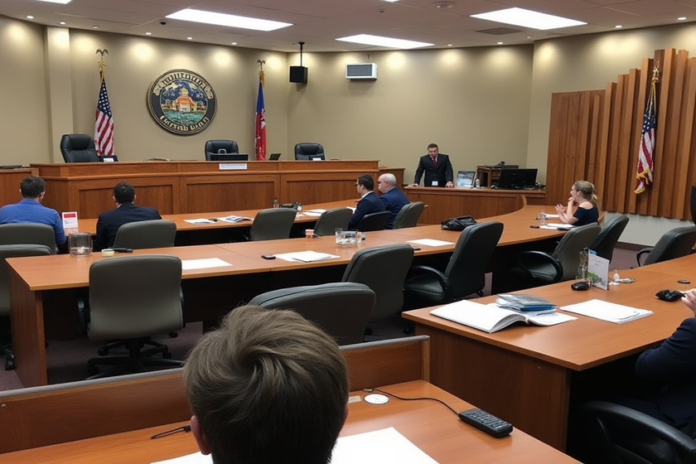Black cumin seeds, also known as Nigella sativa, have been used for centuries in various traditional medicine systems due to their numerous health benefits.
Here are some of the key medicinal properties and uses of black cumin seeds:
Antioxidant Properties:
They contain thymoquinone, which is known for its antioxidant effects, helping to reduce oxidative stress and potentially lowering the risk of chronic diseases.
Anti-inflammatory Effects:
The seeds can help reduce inflammation, which might benefit conditions like arthritis, asthma, and other inflammatory diseases.
Antimicrobial Activity:
Black cumin seeds have shown antibacterial, antifungal, antiviral, and antiparasitic properties, which can help in fighting infections.
Immune System Modulation:
They can stimulate or modulate the immune system, enhancing the body’s defense mechanisms against pathogens.
Diabetes Management:
Some studies suggest that black cumin can help in lowering blood sugar levels, and it might improve insulin sensitivity, making it beneficial for diabetes management.
Cardiovascular Benefits:
They may help in reducing cholesterol levels, blood pressure, and could have a protective effect on heart health.
Weight Loss:
There’s some evidence to suggest that black cumin seeds might aid in weight loss by improving metabolism or reducing appetite.
Cancer Prevention:
Preliminary research indicates that thymoquinone in black cumin seeds might have anticancer properties, potentially inhibiting the growth of cancer cells or inducing apoptosis (cell death) in cancer cells.
Digestive Health:
They can aid digestion, reduce bloating, and act as a carminative, reducing gas in the gastrointestinal tract.
Skin and Hair:
Topically, black cumin seed oil can be used for skin conditions like eczema, acne, and psoriasis due to its anti-inflammatory and antimicrobial properties. It’s also used to promote hair health, potentially reducing hair loss.
Respiratory Health:
Its anti-inflammatory and bronchodilatory effects can be beneficial for conditions like asthma or bronchitis.
When considering the use of black cumin seeds for medicinal purposes:
They can be used as seeds, oil, or in extract form. The oil is particularly popular for both internal and external use.
The appropriate dose can depend on several factors like the user’s age, health, and several other conditions. There’s no universally agreed-upon dosage, so it’s often recommended to follow product-specific guidelines or consult with a healthcare provider.
While generally considered safe when used appropriately, black cumin can interact with certain medications or cause allergic reactions in some people. Pregnant or breastfeeding women, and those with upcoming surgeries or on medication for blood clotting, should be cautious or consult a doctor before use.
Remember, while there’s a growing body of research supporting these benefits, not all claims are backed by large-scale human studies, so they should complement, not replace, conventional treatment where necessary.
Note:
In the United States, the Food and Drug Administration classifies Nigella sativa as Generally Recognized as Safe (GRAS) for use as a spice, natural seasoning, or flavoring.





